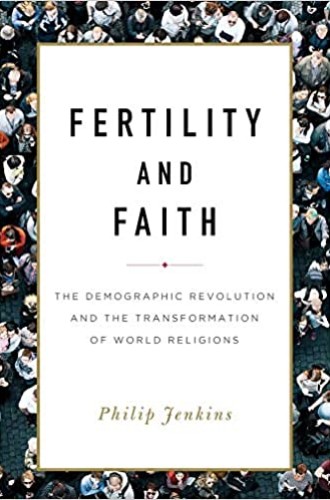What do fertility rates have to do with secularization?
A lot, says Philip Jenkins—but it’s not as simple as cause and effect.
Readers of American news outlets are familiar with headlines about declining fertility rates and about increasing secularization. But news stories rarely discuss either of these phenomena as a bellwether for the other, an oversight Philip Jenkins seeks to correct in his newest book.
Jenkins, who teaches history at Baylor University, is no stranger to the connection between demography and faith. His previous work on Christianity, which spans centuries and crosses the globe—including The Next Christendom, his 2002 book on the rapid expansion of Christianity in the Global South—makes appearances throughout Fertility and Faith.
While Christianity is at the center of this book, Jenkins has broadened his scope to include other major world religions, moving at breakneck speed around the world to examine trends in Europe, Africa, the Middle East, and the United States. This wide lens allows Jenkins to come to a striking conclusion: “a direct relationship exists between the fertility rates of a community—the number of children that a typical woman bears during her lifetime—and that society’s degree of religious fervor and commitment.” Thus, he argues, “rapid changes” in fertility rates “should serve as an alarm bell about incipient secularization and the decline of institutional religion.”






